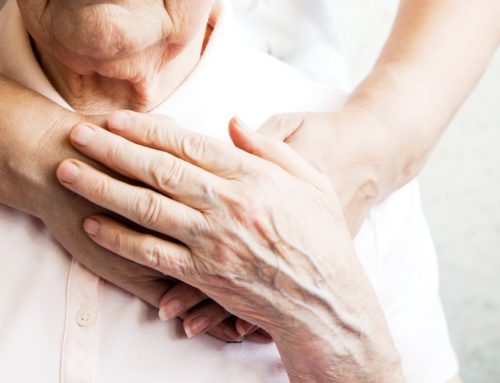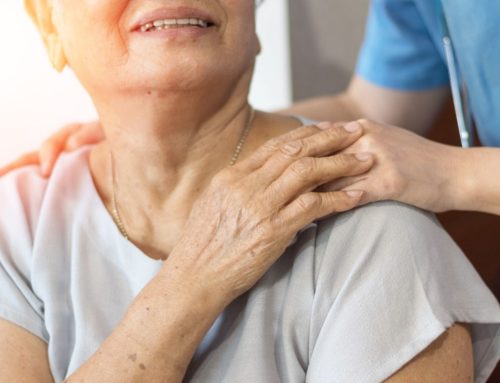Hospice care can prolong your loved one’s quality of life in the face of a terminal illness. Many family members wait too long to elect hospice service, increasing the pain and discomfort of their loved one. Use this checklist to discuss with your medical caregiver the right course of action for your loved one.
Continued physical decline despite treatment
Modern medicine is a medical, but it still has limits. Despite treatment intervention you may still see continued decline. It is appropriate to begin looking at hospice options when the prognosis of the condition running at its present course leaves the patient with six months or fewer left to live. At this time it becomes more important to comfort your loved one and prepare for their transition.
Continued mental decline despite treatment
Much in the same way as the above treatment intervention does not always guarantee recovery. Especially with mental decline it becomes a safety and quality of life issue. The last thing you want is your loved one to hurt themselves or others. If lucidity is an issue, making your loved one more comfortable through home hospice may be more important than continued attempts at recovery.
Multiple or repeat infections
Increased infection is one of the signs the human body is no longer able to repair or sustain itself. The infections may be a side effect of the cause of health deterioration, but it may something medicine alone cannot stop. Unfortunately, at this juncture death can be inevitability. At this time, you can improve your loved one’s quality of life in its twilight allowing them to pass in peace.
Frequent hospitalization
Hospitalization comes with a serious, life-threatening condition. If you see frequent hospitalization for the same or related issues over six months it may be a sign of a terminal prognosis. We all know hospitals are expensive and often uncomfortable to stay at. You can provide a better quality of life at home without sacrificing care quality. Home hospice allows you to be with your loved one in a familiar atmosphere to make their passing easier.
Increased or uncontrolled pain despite treatment
Can you imagine living in excruciating pain every second? Would you want to continue living if every moment was such torture? Hospice care focuses on quality of life being just as important as quantity of life. And wouldn’t you prefer your loved one’s final days being comfortable, surrounded by friends and family? You don’t want their final days to be blinding pain.
Exhibits progressive weakness
Sometimes weakness can be caused by recovery-focused treatment as much as the ailment. Body weakness can also be dangerous leading to accidents or fall-based injuries. Perhaps the treatment is not making much headway if you witness progressive weakness. Now may be the appropriate to transition to hospice treatment and allow your loved one to regain some degree of strength, autonomy, and dignity in their remaining days.
Shortness of breath
If you notice regular shortness of breath in your loved one, with or without oxygen, it can be a sign of physical decline. If simple activity or holding a position incurs shortness of breath it may be a sign of oncoming physical decline. It may be time to speak with your loved one’s medical caregiver to see if hospice is the next step in treatment.
Dependency on others for daily necessities
Does your loved one rely on you for ADLs (Activities of Daily Living)? You may help them with bathing, dressing, bathroom/continence, eating, or walking. These are signs your loved one is no longer able to take care of themselves and may require a higher level of care. If their capabilities are diminishing it may be time for a dedicated hospice care solution.
Continued weight loss
Weight loss is a classic sign of ailment. It may be a loss of appetite, your loved one’s body unable to digest food optimally, or a combination of both. Some weight loss is natural when the body is recovering from an ailment. However, if you see continued weight loss it could be a signal of your loved one’s body unable to fully recover. If that is the case, it may be time to discuss future hospice options for your loved one. Allowing your loved one to avoid uncomfortable practices like feeding tubes.
Multiple or repeat falls
If your loved one has suffered multiple or repeat falls they may no longer be able to stay at home without dedicated aid. It also means they may not be able to take care of their ADLs without assistance. These can both be indicators of continued physical decline. If you see these criteria begin to accumulate speak with your medical caregiver about the possibility of hospice care.
Please download this PDF to fill out and discuss hospice possibilities for your loved one. They deserve comfort and quality of life that’s worth living.







